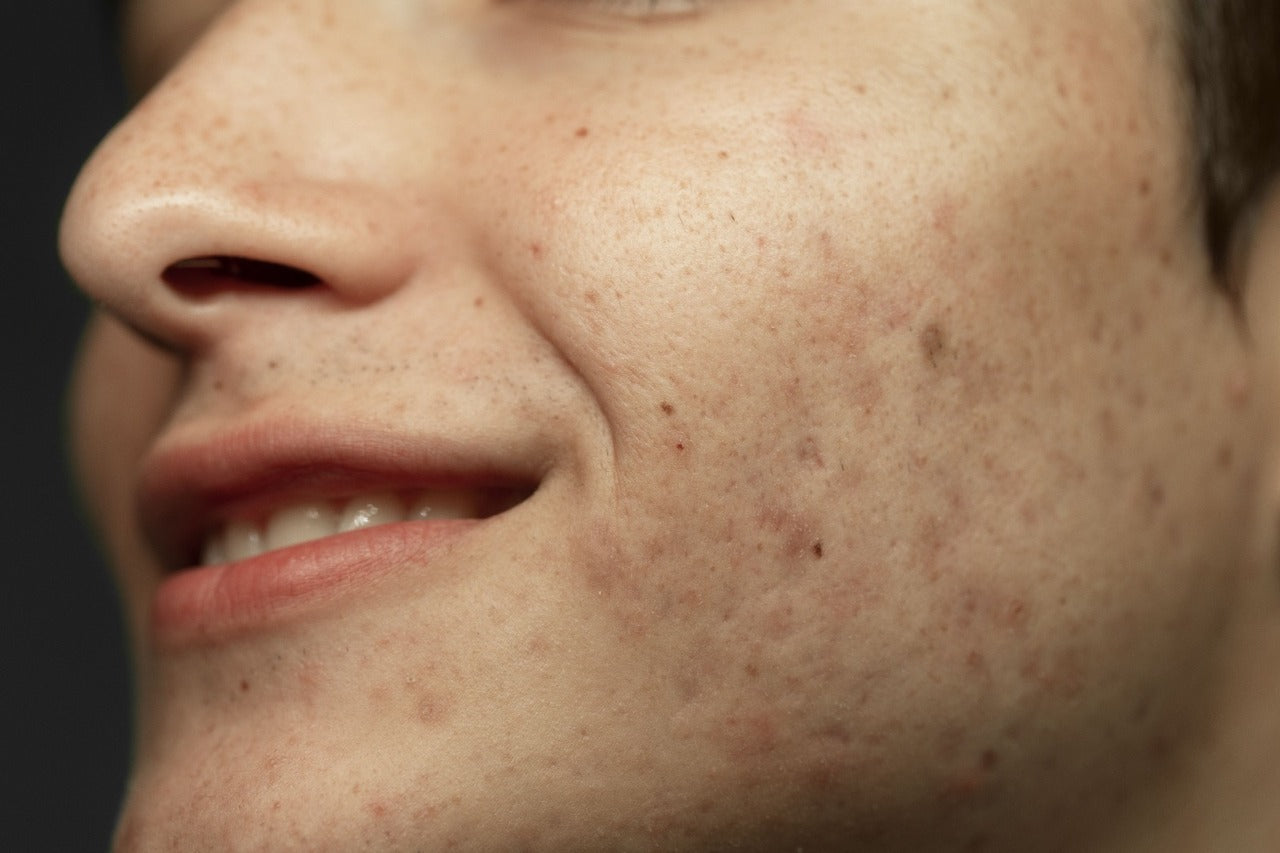The Not-So-Pretty Path to Glowing Skin
When we embark on a new skincare journey, we dream of radiant, flawless skin. But what happens when that dream turns into a nightmare of acne and irritation? Enter the often misunderstood phenomenon of skin purging.
While it might sound like something out of a horror movie, understanding skin purging can transform your skincare journey from frustrating to fabulous. Let’s dive into the nitty-gritty of skin purging and how it can be a sign that you’re on the right track.
What is Skin Purging?
Imagine this: You’ve just invested in a high-end retinol serum or a powerful glycolic acid treatment. You're excited about the promised glow, but instead, your skin retaliates with acne, redness, and what feels like an endless cycle of blemishes. This is skin purging.
It’s a temporary, yet disheartening phase where your skin is adjusting to the new product and expelling all the gunk trapped below the surface. While it seems counterintuitive, this process is your skin's way of clearing out the old to make way for the new.
The Science Behind the Breakouts
To understand skin purging, we need to take a look at cell turnover. Normally, your skin renews itself every 28-40 days. However, when you introduce active ingredients like retinoids, AHAs, or BHAs, this process accelerates.
These power players push out dead skin cells and impurities at a faster rate, causing what we see as breakouts. Essentially, it’s a deep cleanse for your skin, bringing all the hidden imperfections to the surface in one fell swoop.
Products That Trigger Skin Purging
Not every product in your skincare arsenal will cause purging. The culprits are typically those that increase cell turnover:
1. Retinoids (Retinol, Tretinoin): Known for their anti-ageing and acne-fighting process, retinoids are a common cause of purging.
2. AHAs (Glycolic Acid, Lactic Acid): These exfoliating acids help slough off dead skin cells, revealing fresher skin beneath.
3. BHAs (Salicylic Acid): Particularly effective for acne-prone skin, BHAs dive deep into pores to clear out debris.
4. Chemical Peels: These treatments use high concentrations of acids to resurface the skin, often leading to a purging phase.
Purging vs. Breakouts: How to Tell the Difference?
It’s crucial to distinguish between skin purging and a bad reaction. Here’s a quick guide:
1. Location: Purging typically occurs in areas where you frequently experience breakouts. If new blemishes pop up in unusual spots, it might be a reaction.
2. Duration: Purging usually lasts 4-6 weeks. If it extends beyond this, reconsider the product.
3. Type of Pimples: Purging often involves small whiteheads and blackheads. If you notice painful acne, it’s likely not purging.
Want to know more and find a solution for skin purging? Stay tuned for Part 2!
-Love,
Twenty-Seven



Share:
All About Facial Cleansing, AHA and BHA
Skin Purging - Part 2